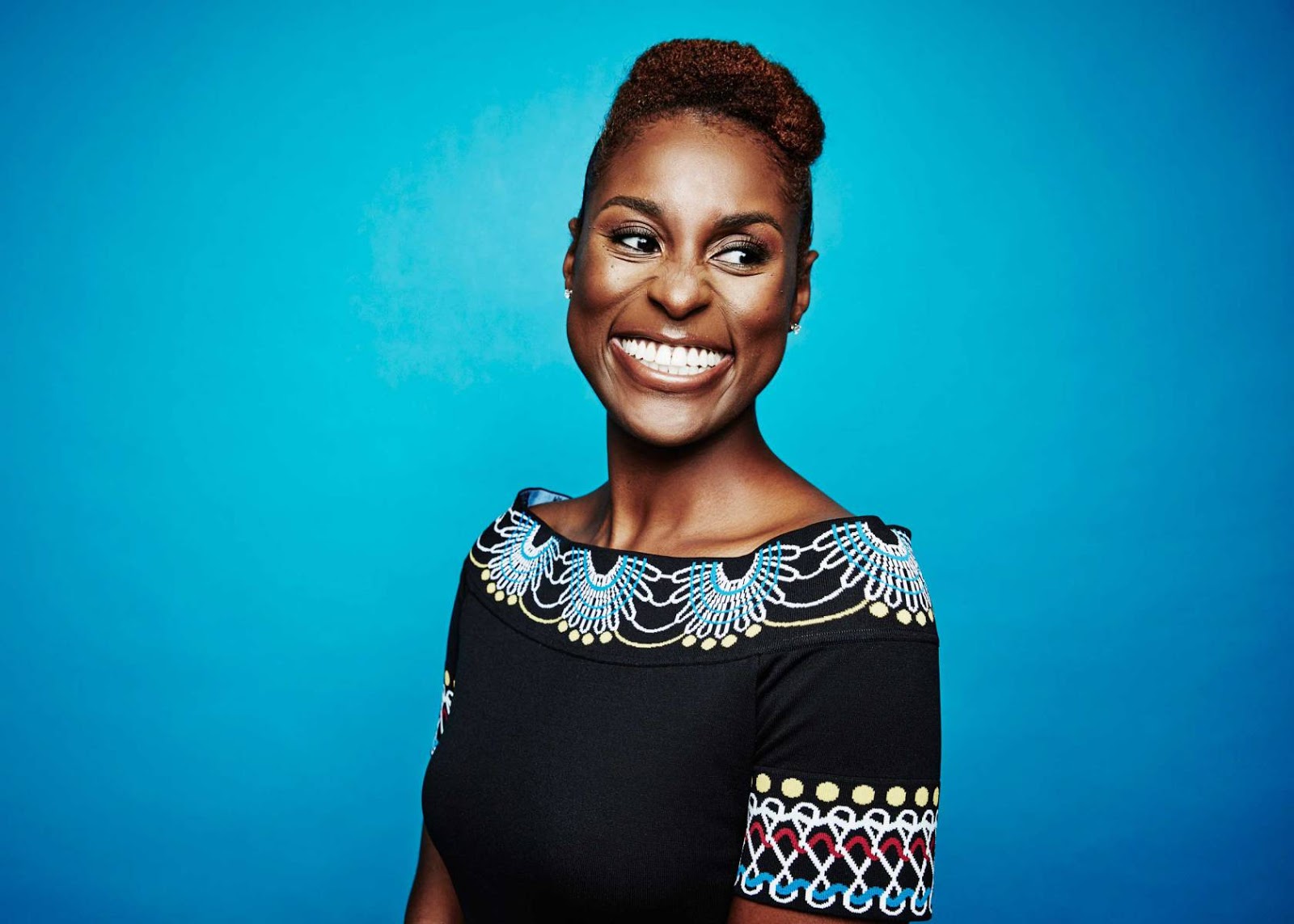
Jul
Issa Rae’s Creative Journey: How to Stay in “the System” and Find Your Voice
[responsivevoice_button voice=”UK English Female” buttontext=”Listen to Post”]
And we’re back like fat snax, kids! IDSL took a hiatus from writing to focus on a new master plan. More to come as it develops.
This past Sunday saw the second season premiere of HBO’s Insecure. Written by The New York Times‘ bestselling author, and creator of the popular YouTube series The Misadventures of Awkward Black Girl , Issa Rae’s Insecure follows the personal and professional pursuits of several young Black professionals living in Southern California. Though some have compared it to her YouTube series, I like to think of it as a younger sister to the classic 2000s series Girlfriends (shoutouts to Mara Brock-Akil).
It’s an incredible hit with critics and audiences, especially on Twitter (#TeamIssa). It’s clear from watching Insecure that Issa Rae utilizes the amazing resources afforded working for a premium cable network: The I’m-not-worthy direction of Melina Matsoukas. The costume design of Ayanna James. The soundtrack curation of musicians Solange and Raphael Saadiq. And, of course, the opportunities for sex on television.
Issa’s path — from YouTube star, to a stumble with network television, to award-nominated showrunner — articulates the curious process of creating content inside a media/entertainment/artist/design/marketing system that frequently obscures, dismisses, and challenges unique work from creatives of color. And what one must do in order to persevere and grow.
”the system -- full of money, talent, exposure, opportunity -- is not one big door you have to beat down. The doors are endless, and you have to keep knocking until one opens.
Doing creative work is difficult for everyone, regardless of background. It’s even harder when you work in a system that is not used to seeing your perspective. Rae confessed that it was a struggle to get some of her early work produced via contests and writing spec. scripts. She didn’t see voices she wanted to see represented on TV. … Awkward Black Girl was born out of necessity, to prove that these are stories people are willing to pay to see. But ABG was not her end-goal. For all the reasons mentioned earlier, Issa Rae’s goal was to get greenlit by executives.
Video | Actors on Actors | Brit Marling and Issa Rae (8:37)
Thriving in “The System” for Designers of Color
I often find a similar pattern occurs for designers of color who struggle in in-house, studio, or agency settings. Like many professionals of color, we often spend more labor in office environments negotiating who to be rather than how to do our work. It can be very tempting to forever walk away from a system that seemingly works to push you out. But I often find there are downsides to this.
While you may have endless creative freedom, you are now 100% responsible for every resource: Equipment, supplies, taxes, benefits, utilities, and obviously talent. Some are able to do this successfully. But if you can’t find everything you need to do your best work, both you and the work suffer. There is no nobility in going viral on a self-produced video if you’re behind on your rent.
”Doing creative work is difficult for everyone, regardless of background. It's even harder when you work in a system that is not used to seeing your perspective.
This doesn’t mean that if you can’t make it work within a traditional system, you lack certain abilities. Nor is this a suggestion that if you are trying to get in the system, you aren’t trying hard enough. I’m the last person to knock the hustle. I am saying that “the system” — full of money, talent, exposure, opportunity — is not one big door you have to beat down. The doors are endless, and you have to keep knocking until one opens. Until then, don’t give up on yourself or your passion. Keep creating every day.
The Door Is Open. Now Find Your Voice.
Once you’ve signed the contract and have your seat at the table though, finding your unique voice is the hard part. In her well-researched (and frankly game-changing) profile with The New York Times, Rae admitted the reason she struggled with her production deal with ABC was because she overly-compromised her vision. She wasn’t clear and firm in her perspective, and it could be easily dismantled by others. She took that as a lesson going forward with HBO. Be unapologetic. And be really clear in where you’re coming from.
The more rich, imaginative and complex your ideas become, the more you’ll realize you can’t do it on your own. That may mean sharing your vision with others who happen to work for big corporate bosses and advertisers. Some, quite frankly, don’t deserve your dream. This process is understandably scary for artists. But it’s not a good enough excuse. Trust, and try again.
Image courtesy of Maarteen De Boer/Getty Images.


